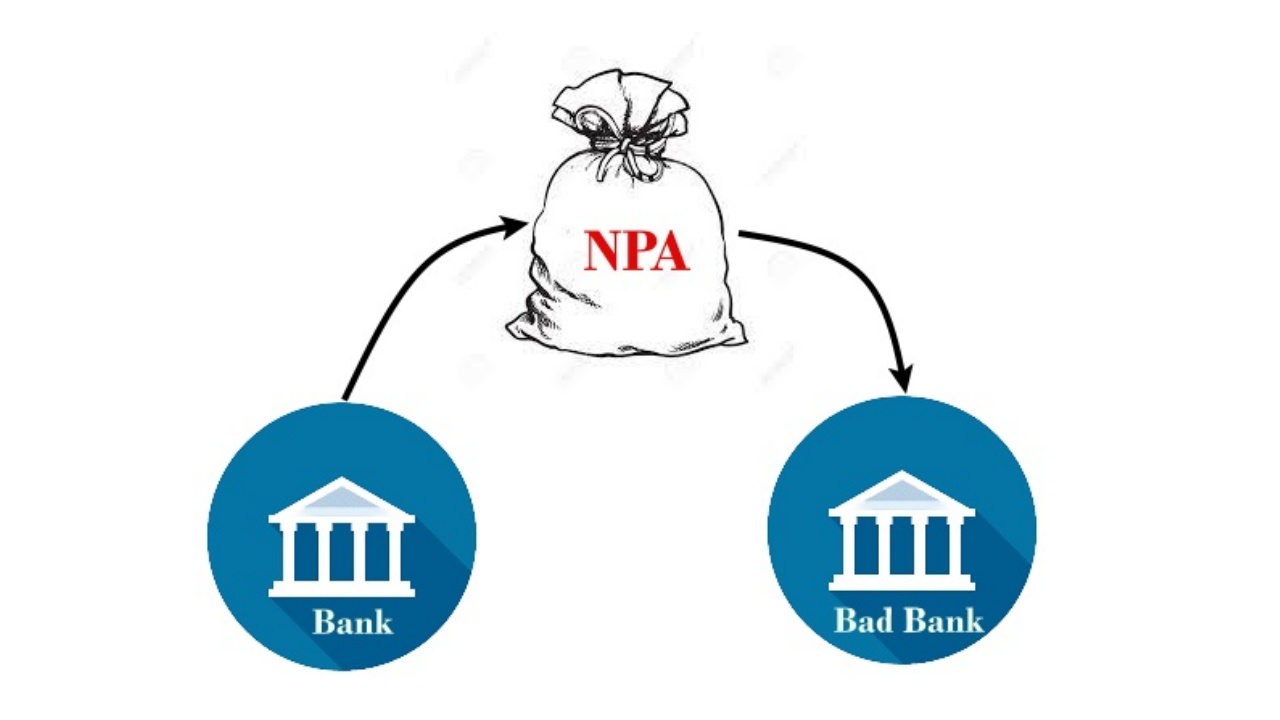The Construction/ Real Estate sector contributes about 8% of India’s GDP supporting the livelihood of over 5 crore persons because of its linkages steel, cement, other building materials.
Urban Housing – a major component of the sector – requires overdue reforms in the laws, rules and regulations governing rent control and real estate development.
According to Census 2011, India’s Urban population was 37.7 crore, reflecting rise in urbanization from 27.8% to 31.2% between 2001 and 2011. There were 7.9 crore dwelling units but many of these were dilapidated, part of congested slums, or otherwise inhabitable.
Besides housing needs for regular ‘family accommodation’ on longer term basis, there is huge unmet demand of temporary or uncertain tenures; demand of Labor Sarais, night shelters, Bed n Breakfast Homestay, Hostels, Paying Guest Houses and shared accommodation from students, blue / white / pink collar employees/ workers, tourists/pilgrims.
Estimates of how many houses are required vary. People aspire to own at least one house while living in rented house out of choice or necessity. The tenancy laws are such that there is little incentive for investment in rental housing and allottee ownership based housing projects are struggling with compliance and financing issues.
Government has announced special income tax concessions to attract investments in rental housing projects for migrant labor.
Central Government had released Draft National Urban Rental Housing Policy in 2015 and Model Tenancy Act in 2021 to reform the system of renting out property that is governed by State-specific laws. So far, States have been slow to undertake these reforms.
The demand for house ownership has been high all along that has been aided by cheap home loans and tax concessions to home owners. The interest rates on home loans are at record lows and the government provides income tax deductions on repayment of principal and interest on home loans
However, the real problem is on supply side. Many housing projects are stalled, suffering delays on account of delays in land acquisition, regulatory clearances, cost escalation and in some cases corporate delinquencies where some prominent promoters are facing the court ire.
As an award jury, I had an occasion to recently review the state of home loans in the country, especially for financing of affordable housing projects under Pradhan Mantri Awas Yojana (Urban).
PMAY (U) was launched on 25th June 2015. Under the programme, government provides credit-linked subsidy. So far 1.14 crore Houses have been sanctioned (93.17 Lakhs Houses Grounded, 54.55 Lakhs Houses Completed).
Central Assistance of Rs.1,87,000 crore has been committed and Rs.1,20,479 crore released. This has supported total investment of Rs.7,52,000 crore.
PMAY(U) beneficiaries fall in four categories.
EWS Economically Weak Section having annual income upto Rs.3 lakh per annum eligible to apply for a subsidised loan for house upto 30 sq. mt. carpet area. [States/UTs have the flexibility to enhance the size of houses in consultation and approval of the Ministry.]
Subsidised home loan eligibility for Low Income Group LIG (annual income Rs.3-6 lakhs) is for house with 31-60 sq m carpet area; Middle Income Group1 MIG1 (annual income Rs.6-9 lakhs) and Middle Income Group2 MIG2 (annual income upto Rs.9-12 lakhs) are eligible for support for house bigger than 60 sq m of carpet area.
Maximum loan amount is Rs. 6 lakh for EWS/LIG, Rs.9 lakh for MIG1 and Rs.12 lakh for MIG2. PMAY (U) has made a mandatory provision for the female head of the family to be the owner or co-owner of the house. AADHAAR authentication is be being insisted to check subsidy duplication risk.
The total outstanding individual housing loans of HFCs and Banks combined was around Rs.20 lakh crore at the end of 2019-20. Of the total about 2/3rd share is from commercial banks and one third from Housing Finance Companies.
Due to requirement of loan applicant putting some margin money from own savings and payment of EMI over the years it is clear that when the outstanding home loans are more than Rs.20 lakh crore, the value of houses considered for sanction of loans would be significantly higher, say Rs.25 to 30 lakh crore. That highlights the importance of oversight on implementation of housing projects.
Prior to initiation of the reforms, Real Estate Sector was facing various issues and irregularities such as duping of homebuyers by builders through various malpractices, rampant use of black money, diversion of funds and lack of accountability.
In the absence of any specific law to regulate this sector, homebuyers were constrained to seek remedy under the laws such as- Indian Contract Act and Consumer Protection Act, involving lengthy litigation process.
Terms such as super buildup area, carpet area, covered parking etc. were used arbitrarily by developers to their advantage thereby cheating the homebuyers.
To address these issues, Parliament passed the Real Estate Regulation and Development (RERA) Act, 2016. Certain Sections of RERA were notified with effect from 1 May, 2016 and remaining sections from 1 May, 2017.
So far 75,056 Real Estate Projects and 59,394 Real Estate Agents have registered and 84,159 complaints have been disposed-off by the Real Estate Regulatory Authorities across the country.
However, a lot more needs to be done to protect the interests of homebuyers. The Supreme Court has taken cognisance of the fact that the States have enacted such Rules under the RERA Act, which dilute the intent and provisions of the Parliamentary Act. The West Bengal had passed its own Act which was however declared unconstitutional by the Supreme Court.
Central Government has now been asked to study the deviations the States have made that defeat or dilute the RERA Act.
Reforming RERA Act and Rules made by States under the RERA Act and reforming State laws governing renting of property both are necessary. The existing rent control laws are loaded in favour of tenants.
The existing RERA Act is crafted in the interests of home buyers but has been blunted by the State Rules that seem to favour real estate project developers rather than home buyers, create a weak enforcement mechanism. There are no entry barriers on to who can launch real estate project and what risk capital he has to bring before accepting deposits from homebuyers or sourcing bank finance.
The accountability mechanism and capacity on ground of the authorities controlling building plan approvals is weaker than public expectation. Project developers’ access to bank finance and finance from capital market is limited.
The real estate investment trusts – a novel instrument widely used in developed world to finance real estate projects needs greater policy and legal support to become attractive option for investors.
While action is being taken to address these issues but not at the desired speed mainly because it requires the State governments to be on board in the reforms agenda.
This is just an outline of main issues and concerns involved. I hope to flesh out details in subsequent posts.
Urban Housing needs urgent regulatory reforms -Dr. Subhash Chandra Pandey




